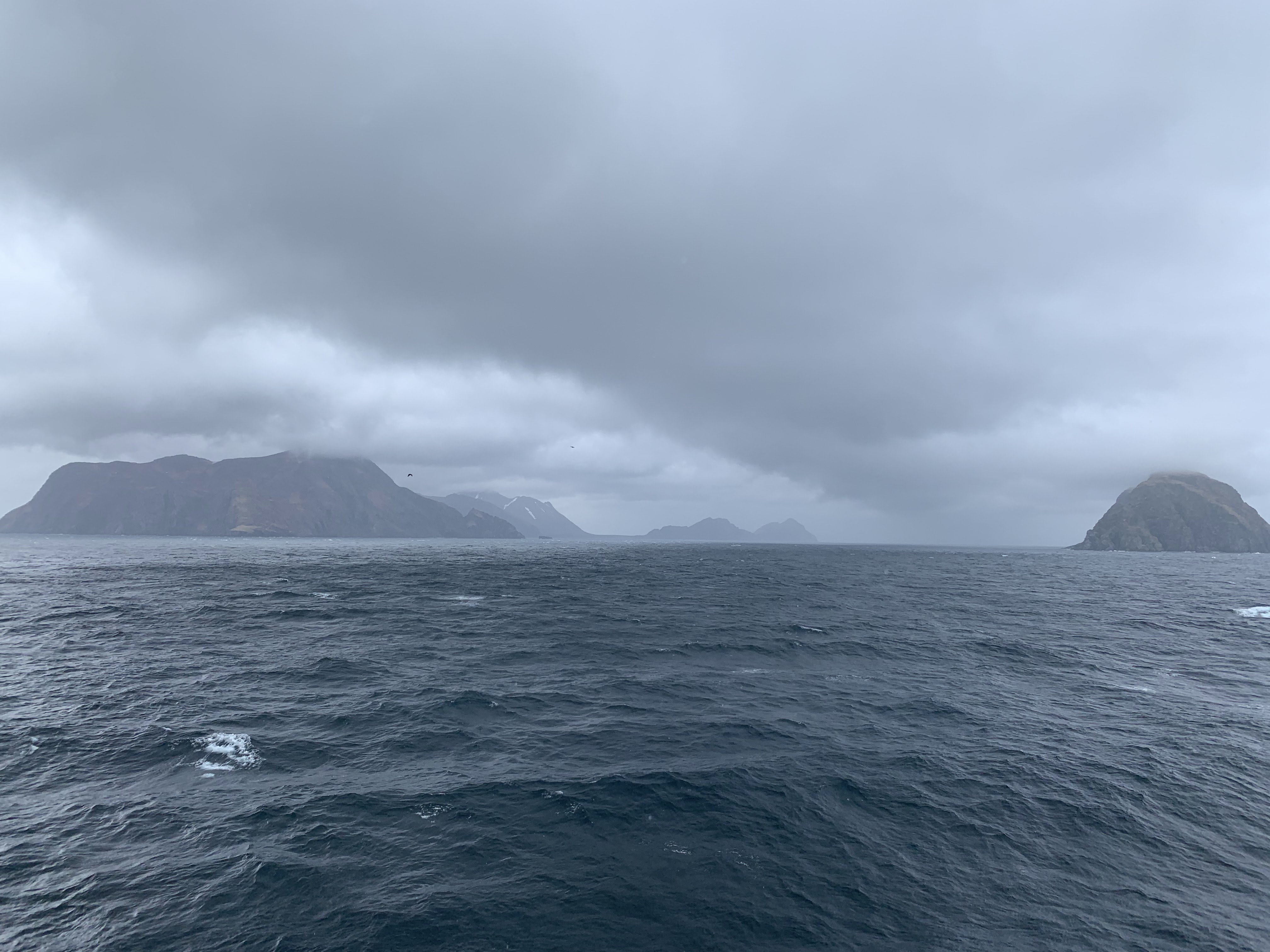Back to: Site Evaluation
Ideally, you’ll want to look for a site with minimal exposure to prevailing wind and weather. A more exposed site will be harder to access and maintain year-round and may require a larger investment in anchors and farm infrastructure. The more weather and storms your site sees, the greater the chance your gear could fail and cause loss to your crops.
You’ll also want to consider a site with good exposure to the sun. Kelp needs light to grow. Especially in mountainous regions, some protected sites can be in shadow for months at a time, which not only makes working there in winter quite cold, but could also limit the kelp’s growth. Being backed up against steep slopes might also pose an avalanche or rock slide risk. Visit the site or sites you are considering at different times of day, at different tide stages, and in different weather conditions to get a feel for how exposed or protected it really is; and look at the surrounding landscape for context and clues of other types of disturbance.
